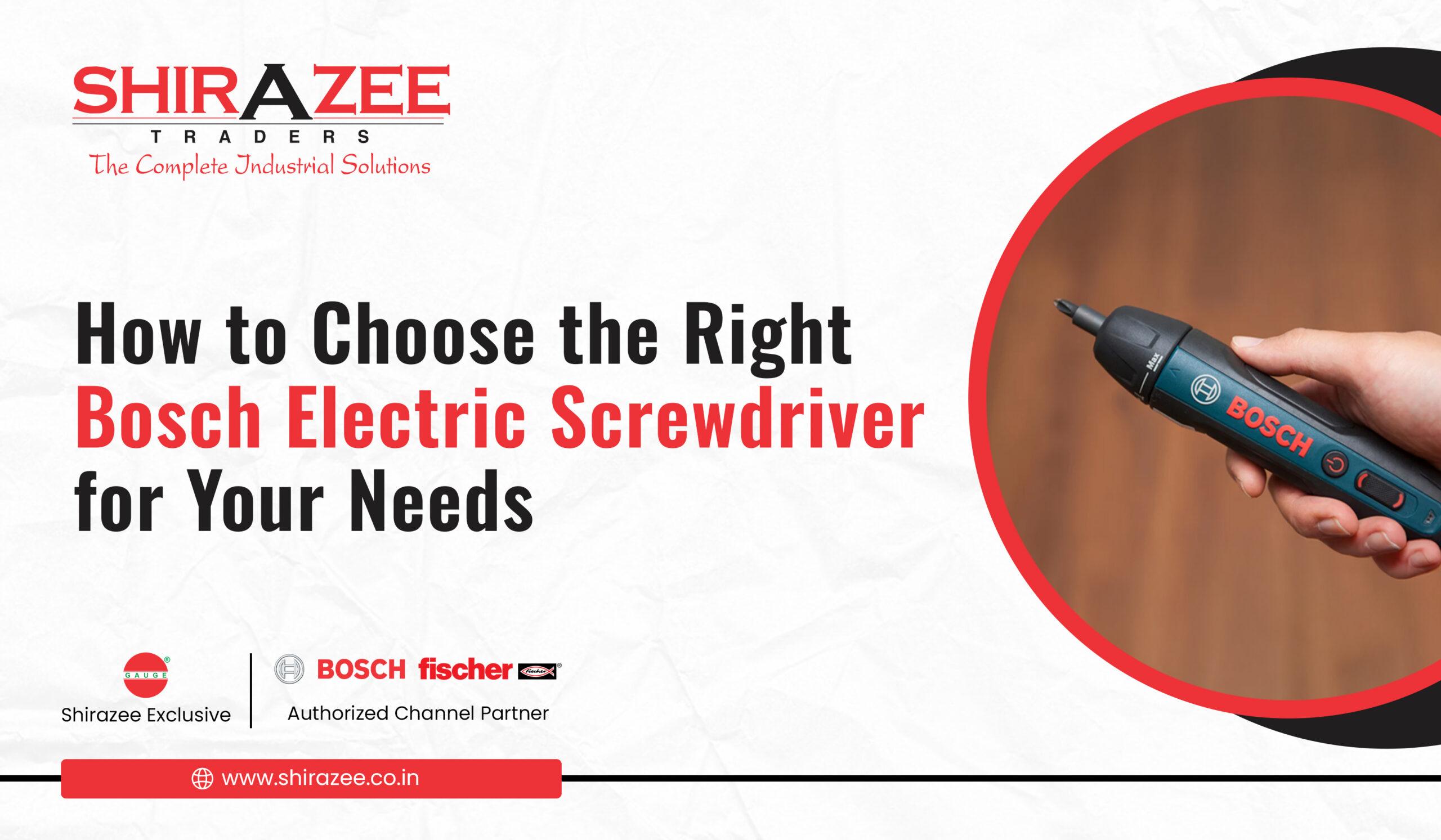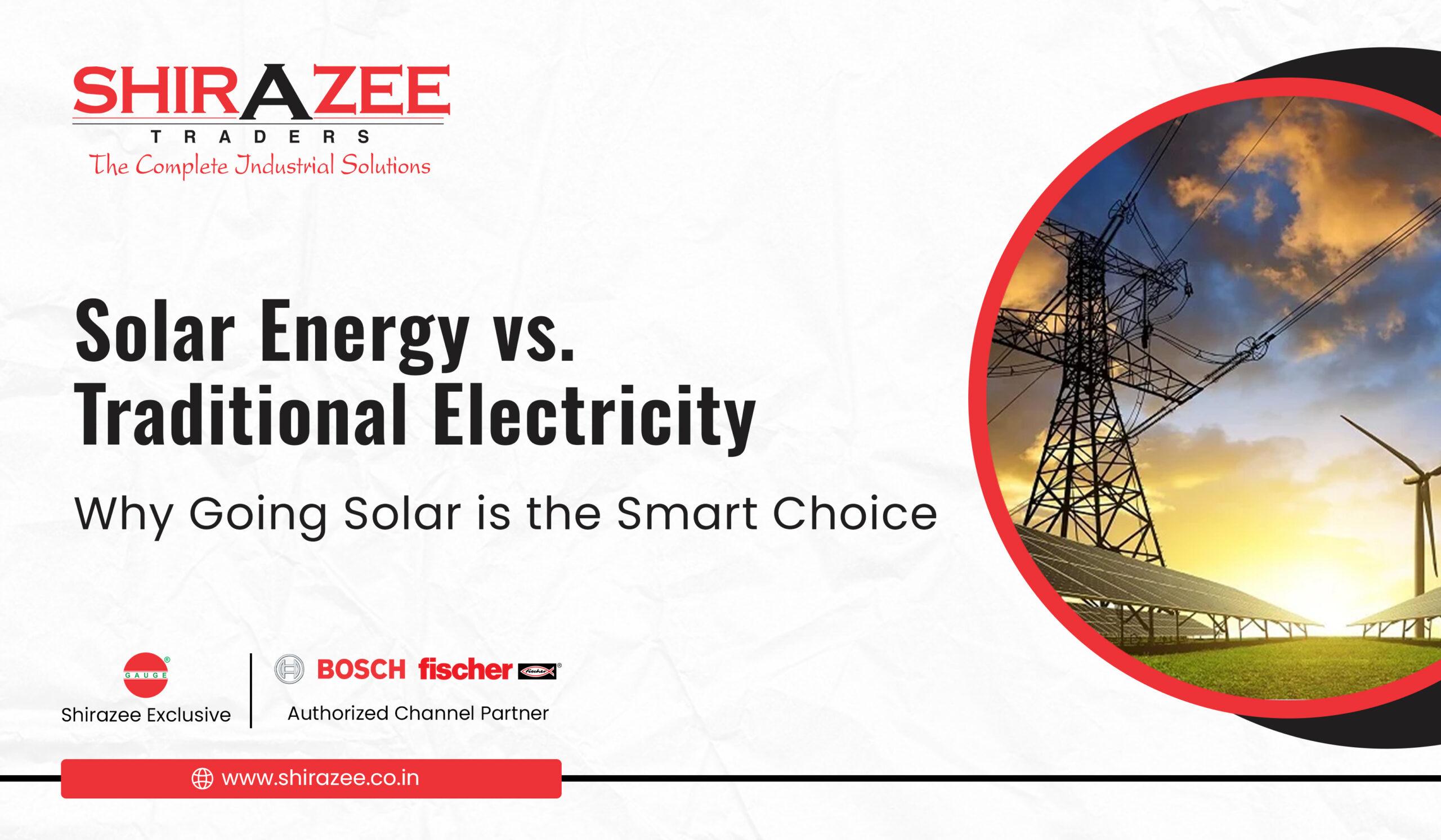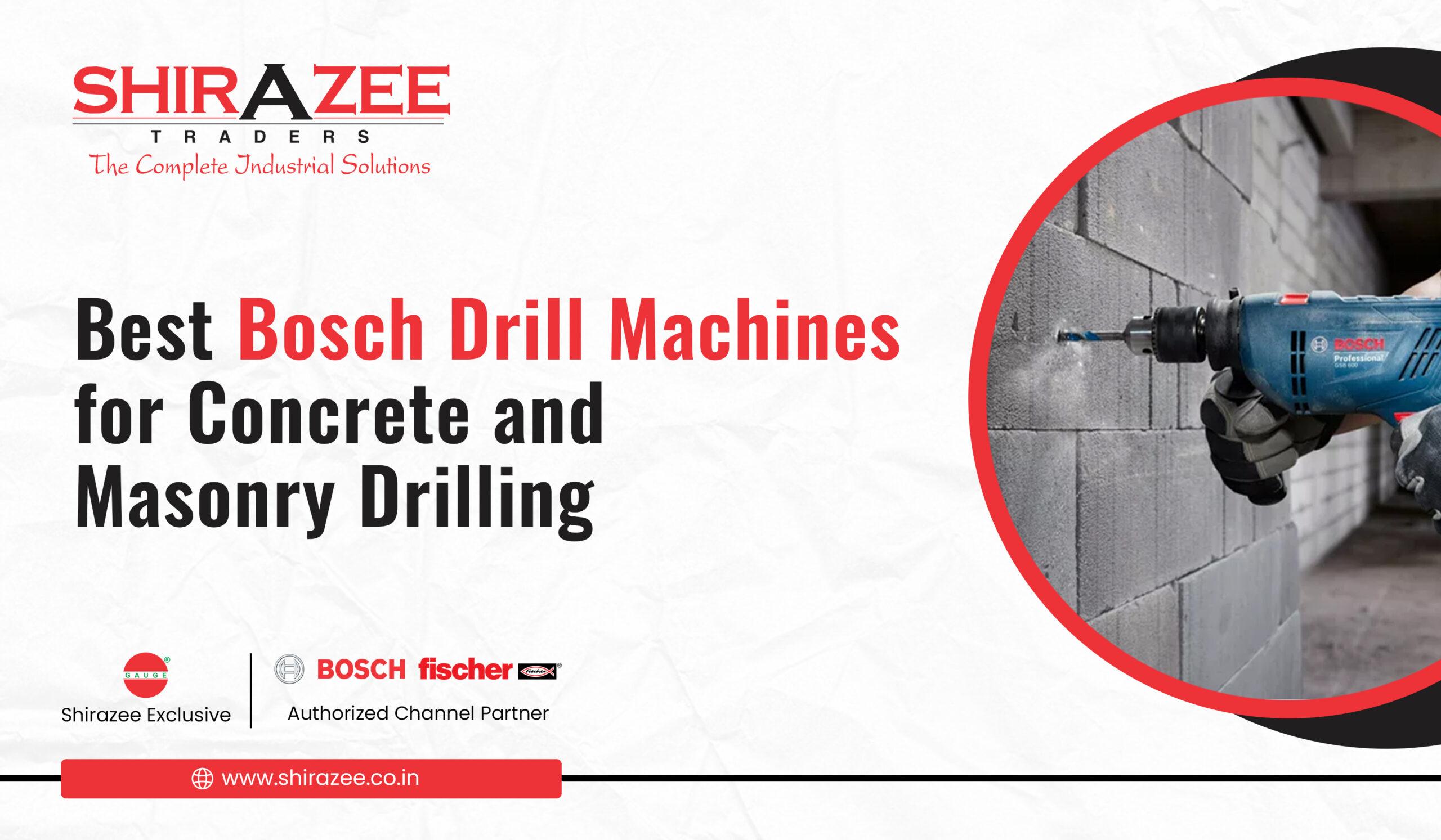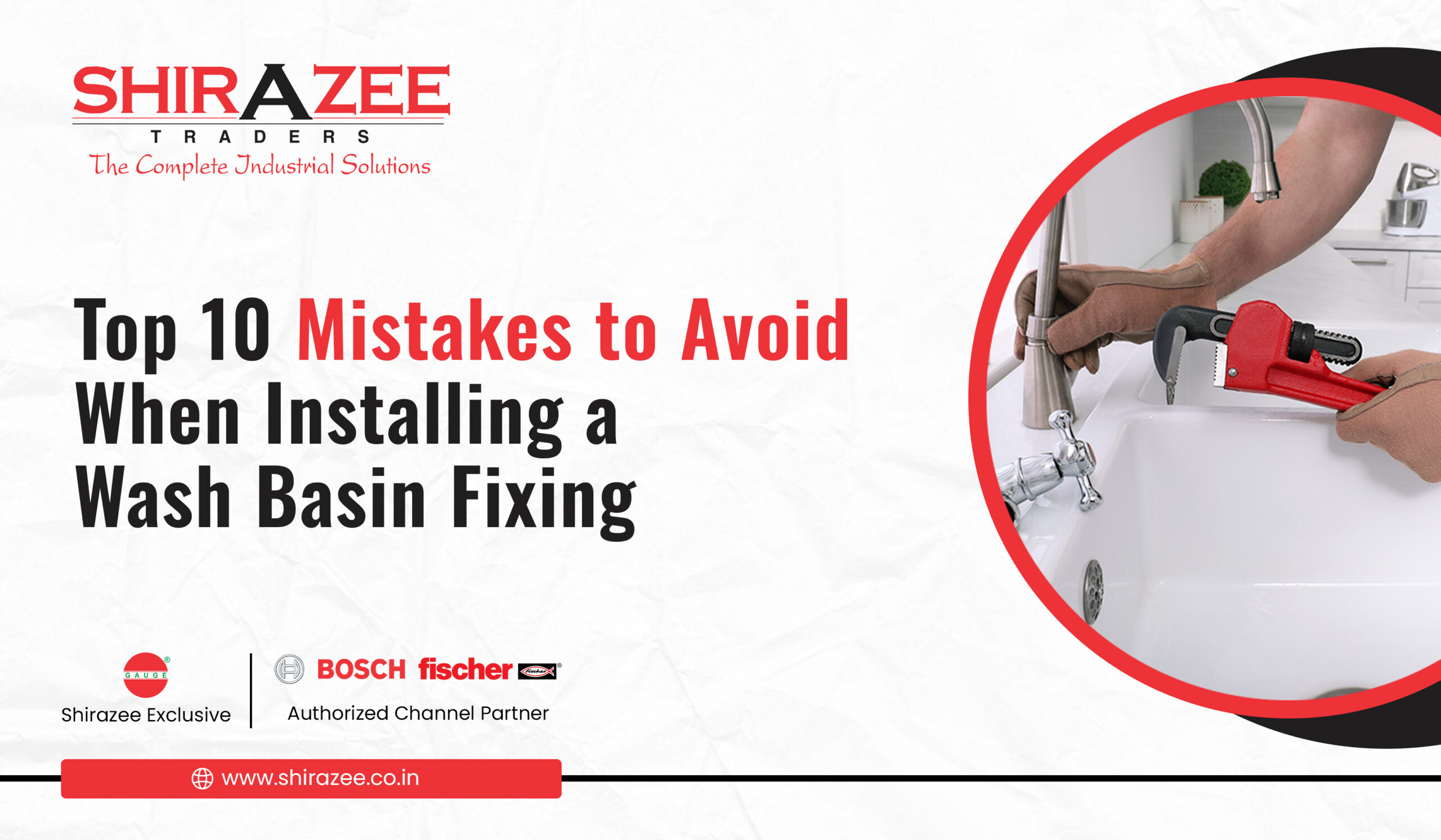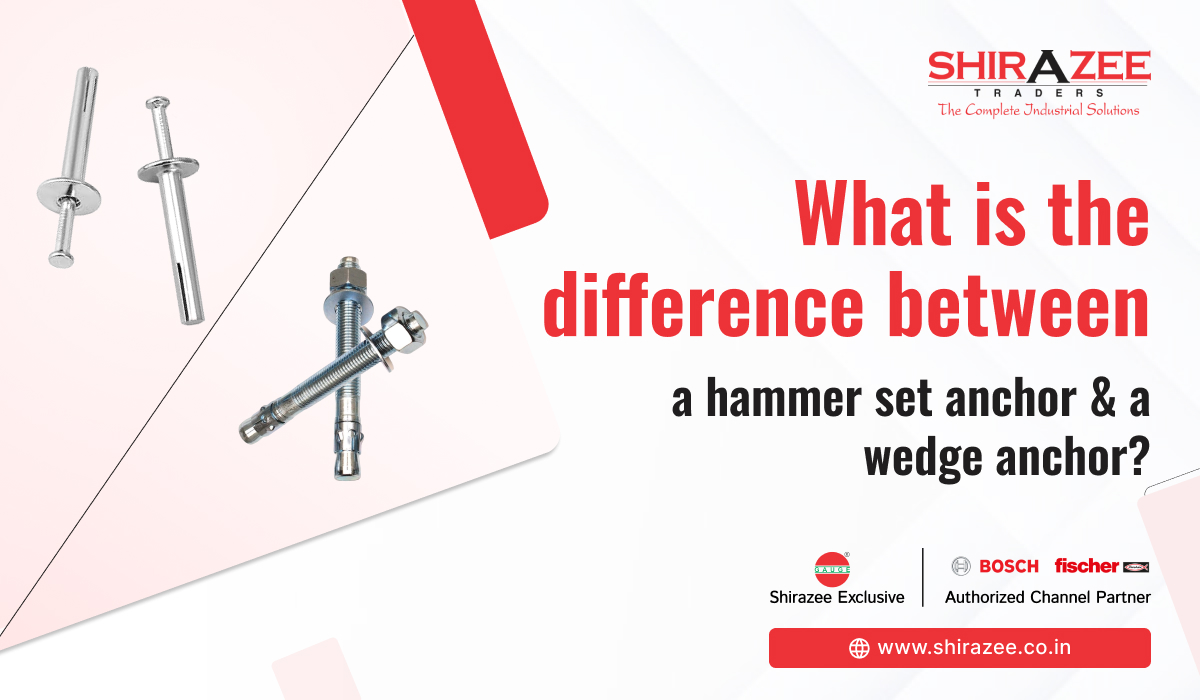
Have you ever felt like your project is only as strong as the anchor holding it together? That’s because it is! Despite their small size, anchors are crucial to maintaining safety and security. Choosing the correct one can make all the difference, whether installing a sign or fastening large machinery.
But it’s simple to become confused by the abundance of possibilities. We’re concentrating on two common varieties today: wedge anchors and hammer set anchors. Although each has advantages, which is best for your project?
Let’s figure it out together and take the guesswork out of your decision!
Key Differences Between Hammer Set Anchors and Wedge Anchors
1. Mechanism of Expansion
- Hammer Set Anchors expand when you hammer the pin into the anchor body. The anchor locks the hole in place by gripping its sides due to the strain. It’s as easy as it can be: quick, easy, and doesn’t require any nuts or bolts.
- Wedge Anchors, on the other hand, expand when the nut or bolt is tightened. This action pulls a wedge into the anchor body, creating a strong mechanical hold. The result? A grip that’s far more secure and ideal for heavier loads.
Hammer set anchors’ simplicity makes them great for quick jobs, but wedge anchors win when strength is the priority.
2. Installation Method
- Hammer Set Anchors are all about speed. You drill a hole, hammer it in, and you’re done. They’re perfect for projects where time is of the essence.
- Wedge Anchors require more effort. You must drill the hole, insert the anchor, and tighten the nut or bolt. Sometimes, a setting tool is necessary to get it just right.
If you’re racing against the clock, hammer set anchors will save you time. However, wedge anchors are worth the extra effort for long-term reliability.
3. Load Capacity
- Hammer Set Anchors are built for light-duty tasks. Think signs, lightweight fixtures, or temporary installations.
- Wedge Anchors, however, are heavy-duty heroes. They can bear large loads and are perfect for structural projects where safety and strength are non-negotiable.
Need something quick and light? Use hammer-set anchors. Tackling a big, heavy-duty project? Use wedge anchors.
4. Durability and Strength
- Hammer Set Anchors are best for non-critical, short-term use. They’re not designed to handle high-stress or dynamic loads over time.
- Wedge Anchors, on the other hand, excel in harsh conditions. They can handle dynamic loads, seismic stress, and wear and tear.
When you need something that lasts, wedge anchors deliver.
5. Cost
- Hammer Set Anchors are budget-friendly. They’re great for small projects or when cost control is key.
- Wedge Anchors are pricier, but that’s because they’re built to handle more demanding tasks.
Think of it as an investment: You can pay less for simpler jobs with hammer-set anchors or spend a little more for strength and durability with wedge anchors.
Environmental Factors and Anchor Choice
Anchors face the weather in addition to supporting your initiatives. Here’s how they stack up:
– Moisture and Corrosion Resistance:
Hammer-set anchors may struggle in wet or humid conditions unless treated for corrosion resistance. In contrast, wedge anchors thrive outdoors or in moist climates, especially stainless steel ones.
– Temperature Variations:
Hammer-set anchors might not withstand extreme heat or cold. In contrast, wedge anchors (again, stainless steel versions) are ready for whatever the weather throws at them.
– Seismic and Dynamic Loads:
Wedge anchors are the clear winner for seismic zones or areas with heavy vibration. Hammer-set anchors are just not built for that kind of stress.
When to Choose a Hammer Set Anchor?
Here’s when hammer set anchors shine:
- You need a fast and simple installation.
- The load is light to moderate, like a sign or a light fixture.
- You’re working with a tight budget.
- The space is limited, and using a wrench isn’t practical.
For small, quick projects, hammer set anchors are a no-brainer.
When to Choose a Wedge Anchor?
Go with wedge anchors when:
- You’re dealing with heavy-duty applications like machinery or structural components.
- The project requires high load-bearing capacity.
- Durability and longevity are non-negotiable.
- The environment is challenging, with moisture, extreme temperatures, or seismic activity.
If you need strength and reliability, wedge anchors are your best friend.
Hammer Set Anchors vs. Wedge Anchors
It all boils down to this:
- Hammer Set Anchors are easy to use, rapid, and reasonably priced. They are ideal for light-duty, transient, or non-essential duties.
- Wedge Anchors are built for the big stuff. They’re heavy-duty, durable, and ideal for permanent installations.
Choosing the right anchor is about more than getting the job done—it’s about doing it safely and effectively.
Quick Recap
When it comes to anchors, the choice is simple once you know what your project needs:
- Hammer Set Anchors are fast, affordable, and great for light-duty work. Perfect for signs, fixtures, or temporary jobs.
- Wedge Anchors are the best choice for heavy-duty tasks. They’re built for strength, durability, and long-term reliability.
The key is understanding your project and picking the right anchor for the job. We’ve covered the best hardware tools, including hammer sets and wedge anchors.
Let’s make your next project a success—start shopping today!




